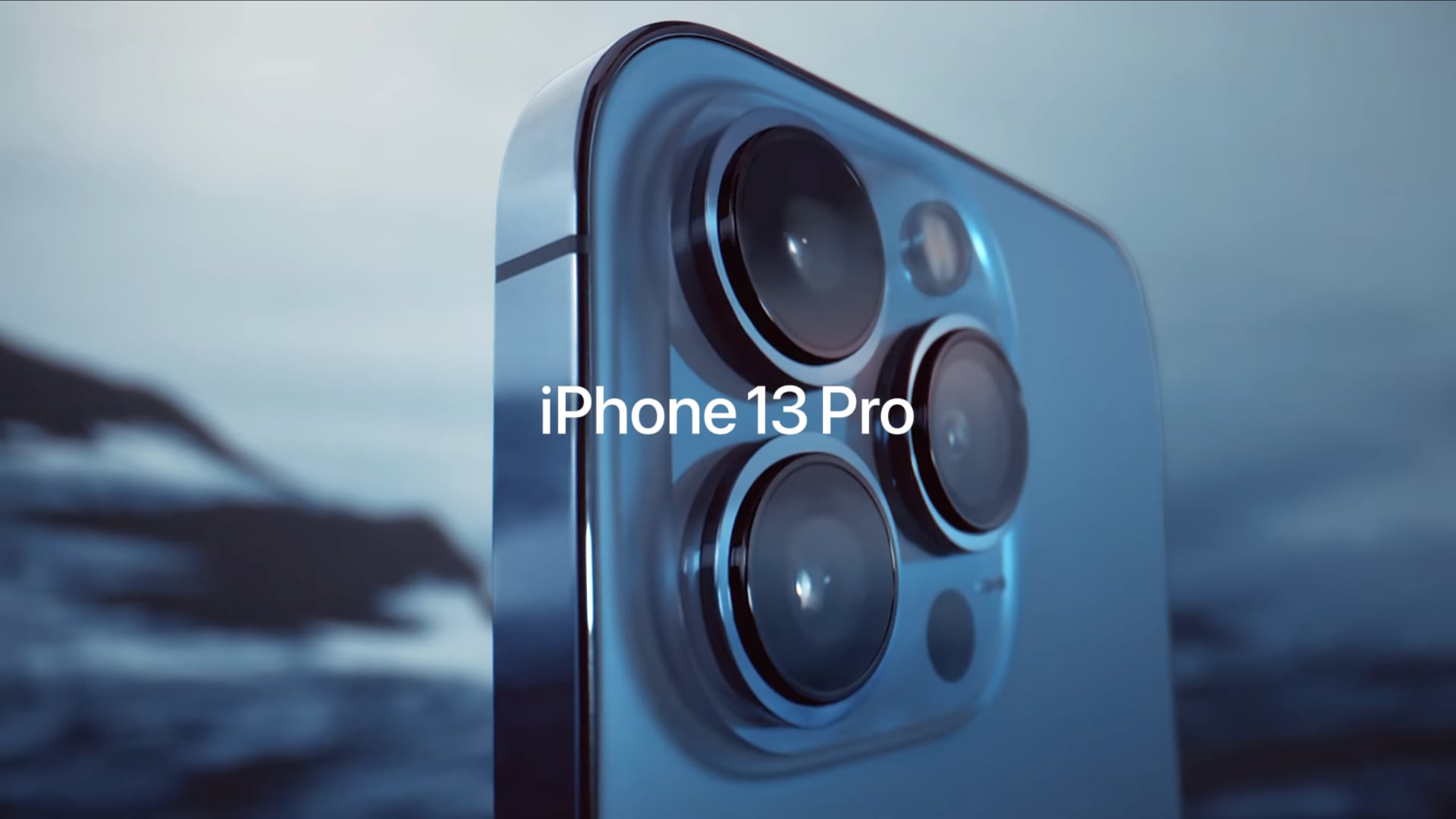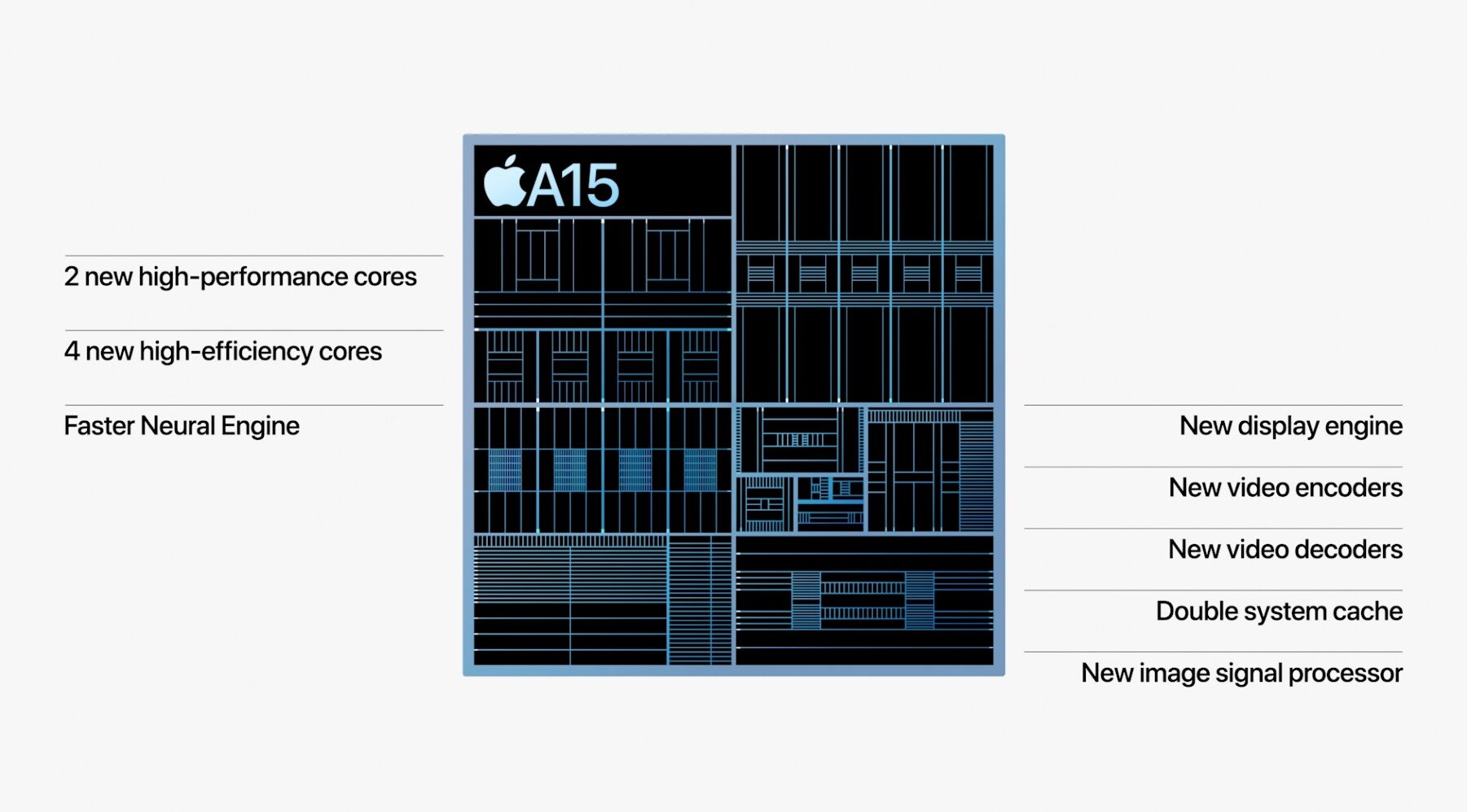Support for ProRes on the iPhone 13 Pro and Max models won’t be available at the September 17 launch of the handsets. Instead, ProRes video support will be arriving at a later date.
STORY HIGHLIGHTS:
- ProRes video support is coming in a future iOS 15 update
- Support for ProRes will be limited to iPhone 13 Pro and Max
- Shooting in ProRes should mostly concern video editors
- Storage strain makes ProRes impractical for the normals
- ProRes support paves the way to FinalCut Pro on iPad

ProRes is coming to the iPhone 13 Pro models
Apple’s newly announced iPhone 13 Pro and Max support capturing video in Apple’s ProRes format for the very first time, bringing another Hollywood-style feature to the mix. However, ProRes support won’t be ready in time for the iPhone 13 Pro and Max launch on September 17.
The iPhone 13 Pro webpage on Apple’s website now likes ProRes support as “coming soon” to the new iPhone 13 Pro and iPhone 13 Pro Max via a future iOS 15 update.
Even though it’s lossy, this high-performance codec delivers broadcast image quality. Shooting ProRes video with the iPhone 13 Pro or Max camera will give video editors more freedom when color-grading in post using dedicated software such as LumaFusion or Final Cut Pro.
Tell me more about ProRes, but briefly
ProRes is a high-performance video codec that enables sophisticated features.
ProRes is Apple’s proprietary lossy video compression that provides high picture quality and supports video resolution up to 8K. Thanks to its efficiency and widespread support in Final Cut Pro, Adobe Premiere, Adobe After Effects and other video-editing software, the format is predominantly used by the movie industry, advertisers, creative agencies and the like.
Why don’t non-Pro models support ProRes?
iPhone 13 and iPhone 13 mini lack support for ProRes video.
Apple’s custom silicon team has had to create new hardware encoders and decoders for ProRes video within the in-house designed A15 Bionic chip. Also, Apple added an additional GPU core to the A15 chip powering these Pro models (for a total of five GPU cores). Dedicated decoders coupled with five GPU cores allow the new phones to capture in ProRes without missing a frame or taking a major toll on battery life.

Conversely, ProRes is not and will not be supported on the non-Pro models of iPhone 13 because the A15 chip in those models has four GPU cores instead of five. To give you a better idea of how a resource-intensive task encoding video in ProRes is, the Pro models of iPhone 13 are restricted to shooting ProRes video in 4K resolution at thirty rather than sixty frames per second — and that’s despite having an additional GPU core for computations.
ProRes limitations on iPhone 13 Pro models
ProRes support should concern only folks who will opt for the Pro-branded models for their camera prowess. As those folks know what they’re getting into, they’re likely want to purchase one of the higher-capacity pro models, if not the new one-terabyte flagship model.
Shooting in ProRes strains device storage significantly — Apple will limit ProRes capture on devices with less than 256 gigabytes of storage to 1080p resolution at thirty frames per second. We don’t yet know how much storage space one minute of ProRes video will take up, but we’ll be sure to let you know when Apple releases additional information.
A support document on Apple’s website providing information about the ProRes format notes that the standard ProRes 424 profile has a target data rate of approximately 102 Mbps for 1080p resolution at thirty frames per second, or about one gigabyte per minute, making ProRes 422 “perfect for environments where storage capacity and data rate are at a premium.”
Why shooting ProRes video on a phone is unheard of
Implementing ProRes support on a mobile device is a monumental feat of silicon engineering.
The iPhone 13 is the first smartphone in the world to let you shoot directly in ProRes. And it’s the only device in the world that provides an end-to-end solution for ProRes capture, editing, sharing and more. Similar to the implementation of Apple’s ProRaw format for iPhone photos, you shoot video in ProRes like you would any other video using the preinstalled Camera app.
Apple writes:
The high color fidelity and low compression of ProRes let you record, edit and deliver broadcast-ready content on the go. Now you can complete a project in ProRes entirely on your iPhone. Or easily bring ProRes videos from your iPhone into Final Cut Pro on your Mac.
And with a ProRes video saved to the Photos library, you can use the cropping and editing tools in the Photos app, as well as filters and effects, to edit ProRes content like you would regular videos. And all of that is possible with footage captured in 4K HDR, even in Dolby Vision.